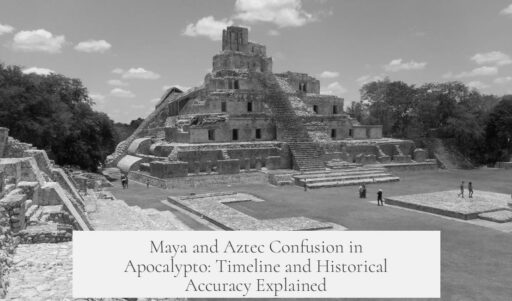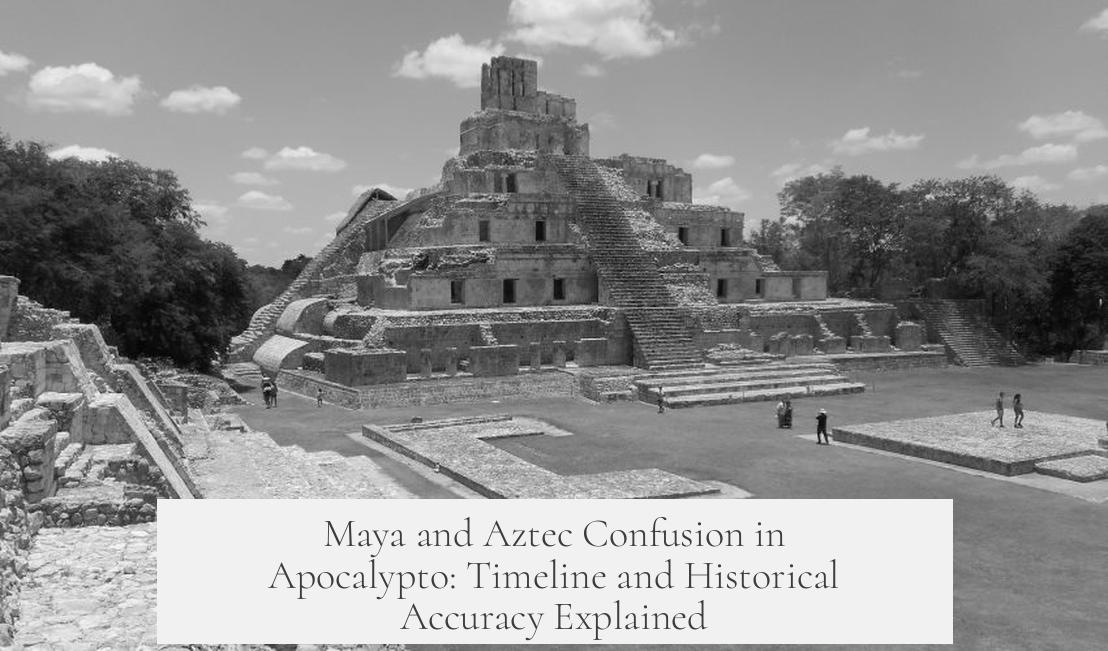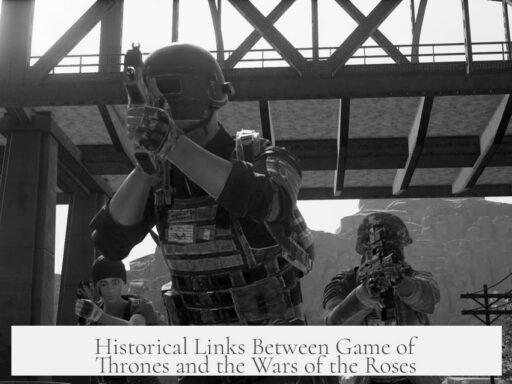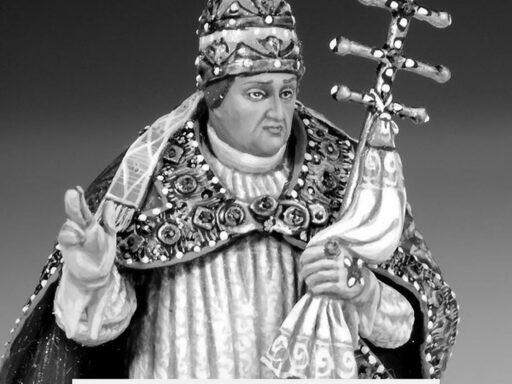The Aztecs were not considered Mayans; they were distinct peoples with separate cultures, languages, and geographic regions, despite some shared Mesoamerican traits. The Maya civilization did not end in the 10th century AD but continued well into the 16th century and beyond, which makes European contact with the Maya in 1502 historically accurate.
The Aztecs occupied central Mexico, while the Maya lived primarily around the Yucatan Peninsula and nearby areas. They spoke different languages and had unique cultural practices. Both groups belonged to the larger Mesoamerican cultural sphere, which explains shared aspects such as feathered serpent deities. However, these similarities do not imply they were the same people.
It is important to clarify the timeline of the Maya civilization. The 10th-century event often called the ‘Classic Maya Collapse’ led to the decline of select southern lowland city-states. Yet, this event did not mark the end of the entire Maya civilization. Post-collapse, many northern Maya polities, such as the League of Mayapan, remained politically complex and active.
Maya polities continued to exist and interact with Europeans during the early 1500s. The last independent Maya kingdom fell as late as 1697. Thus, the depiction in Apocalypto, showing first European contact with Maya groups around 1502, aligns with historical records.
In contrast, the Aztec Empire, centered in the Valley of Mexico, was distinct and encountered Europeans separately around 1519 under Hernán Cortés. While the Aztec and Maya civilizations coexisted and shared some cultural elements, they are separate entities historically and ethnically.
- Aztecs and Mayans were distinct peoples with different locations and languages.
- The Maya civilization persisted after the 10th-century collapse in many regions.
- European contact with Maya groups in 1502 is historically valid.
- The Aztecs should not be considered Mayans despite cultural overlaps.
Unpacking the Maya-Aztec Confusion: What Apocalypto Got Right and Wrong
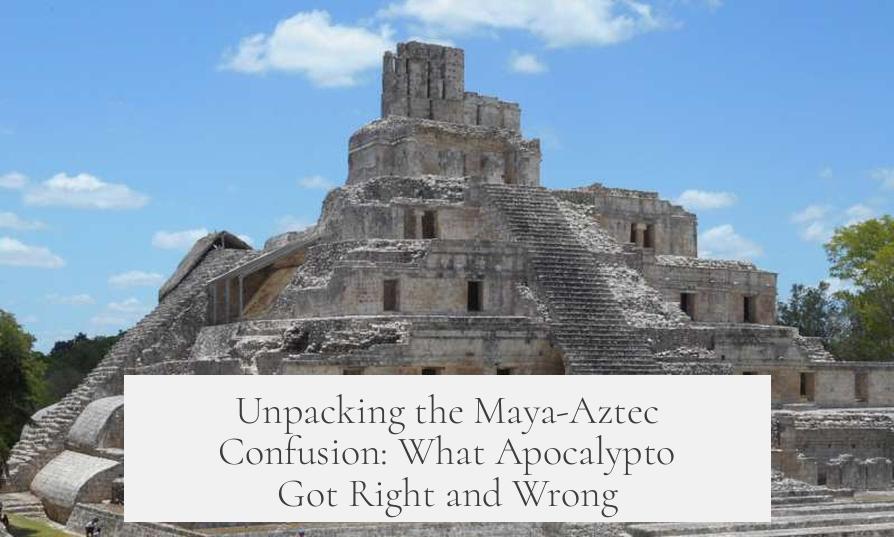
In the movie Apocalypto, Europeans first meet the Maya in 1502, even though the collapse of classic Maya cities happened in the 10th century AD. Does that mean the Aztecs were actually Mayans? The short answer: No. The Aztecs were a separate people from the Maya, and the Maya civilization continued long after the 10th-century crisis. Let’s dig deeper and sort out the history behind this common mix-up.
First, it’s key to know that Aztecs and Maya were distinct: different peoples, languages, and homelands. The Maya lived around the Yucatan Peninsula, while the Aztecs were centered much further west in central Mexico. It’s like confusing New Yorkers with Californians—they share a continent but are clearly different.
Now, the confusion probably stems from the idea that Mayan civilization “ended” in the 10th century. But the famous “Classic Maya Collapse” was more a period of serious turbulence and city abandonment in the southern lowlands, not the civilization’s grand finale.After that, Maya culture adapted and survived in different regions, some of which flourished politically into the 16th century and beyond.
Think of the “collapse” more like a “major shake-up,” kind of like a big city losing its skyline but the suburbs booming instead. The Maya world was never a single empire or kingdom but many independent city-states and kingdoms speaking multiple related languages (which are still spoken by millions today!).
By contrast, the Aztecs rose to prominence later in the central Mexican highlands and culturally developed differently, although they shared some religious motifs with the Maya, like feathered serpent gods. These cultural echoes came from being neighbors in the Mesoamerican cultural sphere. But their languages, social structures, and histories don’t overlap in any simple way.
So when Europeans arrived in the early 1500s, they truly encountered thriving Maya communities, and Apocalypto’s timeline portraying such encounters is historically accurate. The last independent Maya kingdom fell only in 1697, and many Maya groups maintain their cultural identity to this day.
Why Does This Matter?
Understanding the difference between Aztecs and Mayans helps avoid lumping diverse groups into one. It enriches our appreciation for Mesoamerican history, showing how distinct peoples navigated complex worlds rather than forming one giant “ancient civilization.”
Plus, mixed-up histories risk erasing the ongoing Maya presence that continues to shape identities across Mexico and Central America.
How the Movie’s Timeline Fits Into Reality
Apocalypto packs dramatic punch but simplifies history. It’s easy to assume the collapse ended the Maya, so Europeans met Aztecs instead—but that doesn’t hold up. Key cities fell in the 10th century, yes. But other Maya groups thrived over the next 600 years. Europeans did meet genuine Maya peoples during their journeys, just as the film shows.
Is this simplification harmful? Sometimes it erases nuance, but it also introduced many to lesser-known histories. Just remember: the Aztecs and Maya are cousins, not twins.
Practical Takeaways to Remember
- Don’t confuse the Aztecs for Mayans. They were neighbors, culturally connected but separate in origin, language, and location.
- The Maya civilization continued past the 10th century. The Classic Collapse was regional, not total extinction.
- European contact with Maya people in the 1500s is accurate. The film’s timeline is roughly correct on this point.
- Recognize the diversity within the Maya world. Think of many competing kingdoms, different languages, and evolving cultures, not one uniform group.
In short, the Aztecs were not Mayans. Sure, they shared a Mesoamerican playground and some similar gods, but their cultures marched to different drums. And despite Hollywood’s handy timelines, the Maya kept thriving into the Renaissance—and many still do today.
“Are you sure that feathered serpent isn’t just a fashion trend across Mesoamerica?” – A History Buff Eyeing Apocalypto
Now you can confidently separate the Aztec from the Maya on trivia night or when debating historical accuracy with your friends.
Got a favorite Maya city or artifact from the post-classic period? Share it below and keep the Mesoamerican conversation alive!
